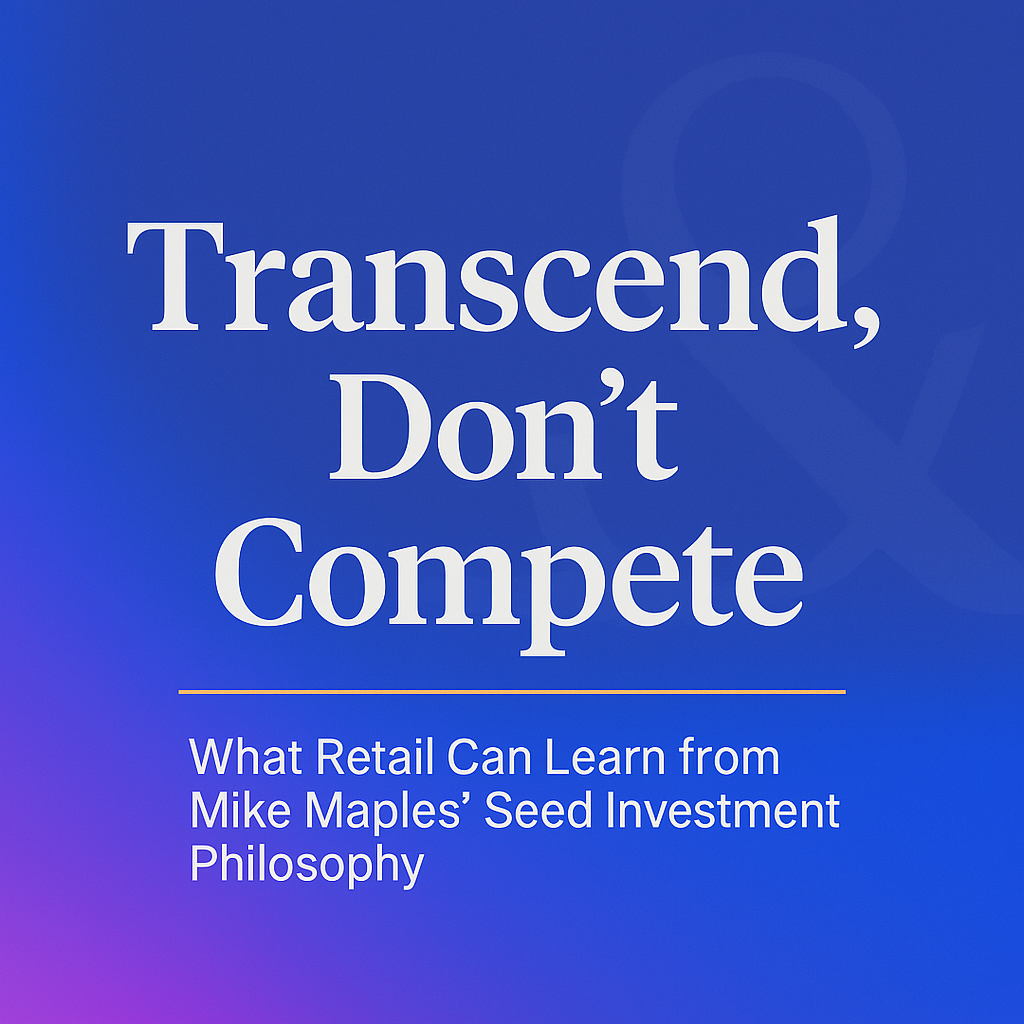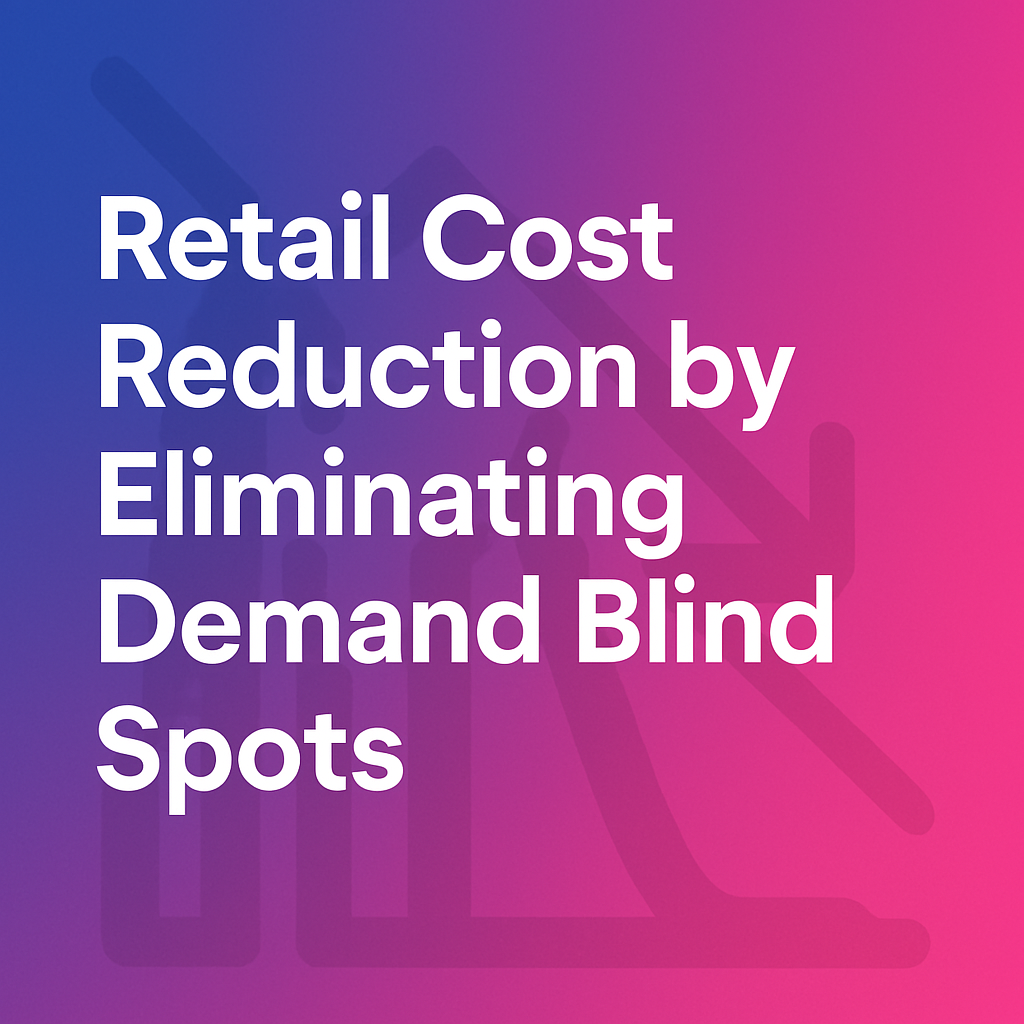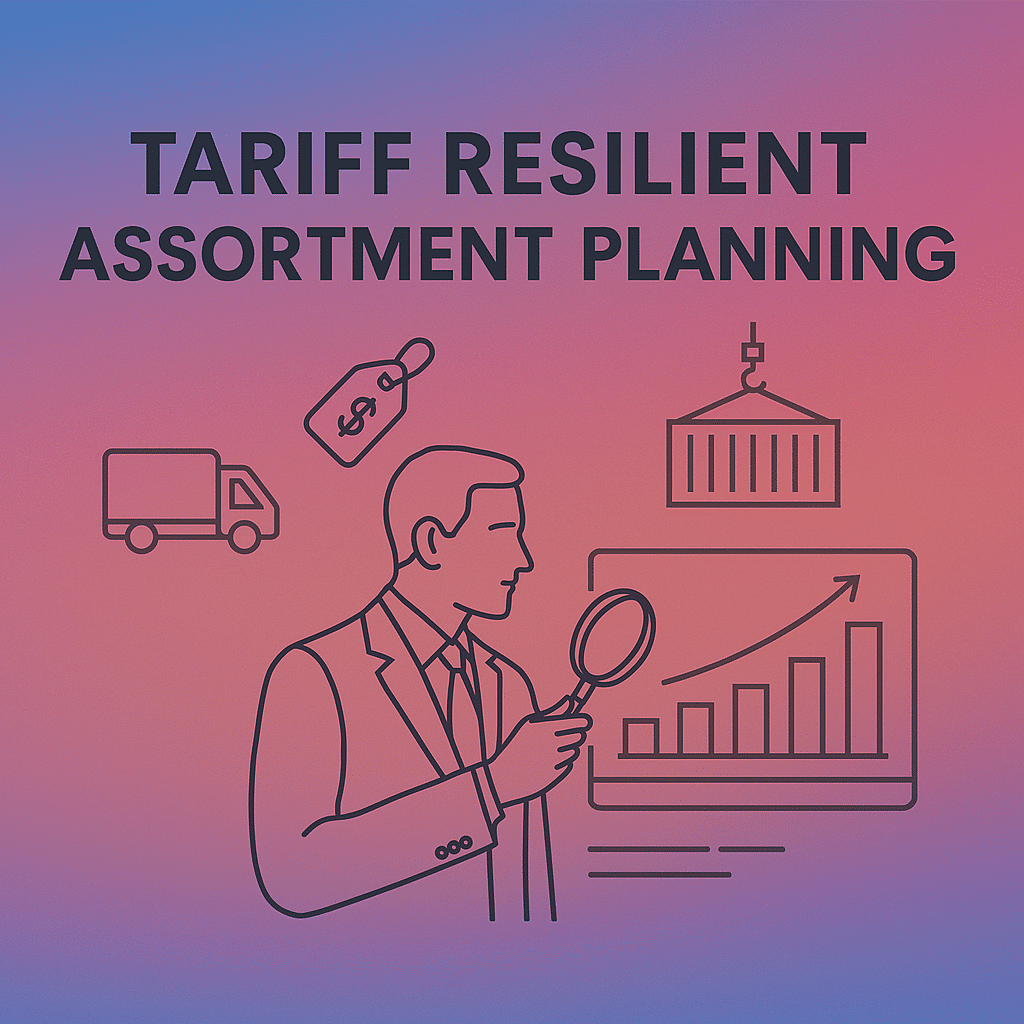Fashion Buyers Are Hedge Fund Managers: Demand Learning


Let me start with a disclaimer that I am not a proficient investment professional. Analogies sometimes help communicate a point lot more clearly. This edit is an attempt to bring in the word of investment and retail and brand buying together with demand learning.
A quick look at wiki gives an idea of how hedge funds are managed “The word “hedge“, meaning a line of bushes around a field, has long been used as a metaphor for the placing of limits on risk. Many hedge fund investment strategies aim to achieve a positive return on investment regardless of whether markets are rising or falling (“absolute return”). Hedge fund managers often invest money of their own in the fund they manage.”
While hedge funds use their money or what they get from investors, retail and brand buyers do the same with the products that they buy.
One approach to get this context is to actually look at how a hedge fund manager looks at the performance of retail and brand stocks. David Berman is one of the well-known predictors of Retail and Brand stocks.
As per David, inventory is a lead metric of how a retailer/brand will do in the coming quarters. If the growth of inventory is ahead of the sales (considering seasonality), then the retailer/ brand will have a period of downturn in earnings as inventory investments are going to impact the bottom-line. He has predicted this consistently for various international brands and retailers.
While an investor is looking at inventory so carefully as a predictive metric, it will be good to ask if we are paying as much attention to this metric at the micro and macro level. A 6 min interview with David Berman is below.
Digging a bit deeper on why inventories fluctuate or build-up is a function of width and the depth decision taken while buying merchandise. It is somewhat similar to the kind of stocks the hedge fund managers place their bets on.
At what level are you planning products now?
A. Category Level
B. Category Attribute Level
C. Demand Learning using all textual and visual signatures
If you chose (A), you follow the majority. If you chose B, then you are part of the next level of the minority. If you chose (A) or (B) and you are looking for how to improve returns on your fashion investments, the (C) is a path forward. Your investment performance improves from A to C.
The complexity of the decision in fashion is magnified by the newness of the products season after season in the fashion and lifestyle business.
Recent developments in technology can help minimize the risks in the prediction of width and depth decision making. Let us start with the depth decision. Predicting how good a product will perform is now based on primary orders and expert judgments. Considering that secondary offtake estimates of even the primary buyers are questionable, it is important to get a third view or a validation done using the information we have.
Stylumia has been working on this problem and came out with Stylumia Apollo (one of its kind), which uses text and visual attributes to derive a unique signature to every product. This signature is then used to predict the demand for a new product.
We call this “Demand Learning“. We can learn demand for a type of product with both contextual transaction data and market sources which can be global fashion trends at internet scale.
Demand learning takes merchandising and assortment planning to an all-new level from the traditional planning methods. It is time to check if you are investing in the right technologies for the future.
It is no wonder why Gartner also points out the need for brands and retailers to adopt learning models to stay ahead to bring supply and demand closer.

It is not always just the latest technology that matters. A fine blend of analytics with demand learning will help step jump reduce the demand-supply gap.
With APOLLO solving the depth problem, one of the questions we keep getting is how wide should be my assortment. One approach to address this problem is to look at the marginal value of an additional option in a given category/attribute hierarchy. If you sort your assortment by descending order of performance and see the amount of business an additional option contributes to a given hierarchy. You can move around products across the portfolio basis their marginal value.
One metric you could use to assess the value of a product to a portfolio is RELATIVE SALES PER OPTION (RSO). You calculate RSO by dividing total sales in a category in a store divided by the number of options available in that category. Increase options in categories with higher RSO and decrease where it is lower.
Would you like to be adept at managing your fashion investment like the best hedge fund managers in the world (who give market-leading returns irrespective of rising and falling markets)?



